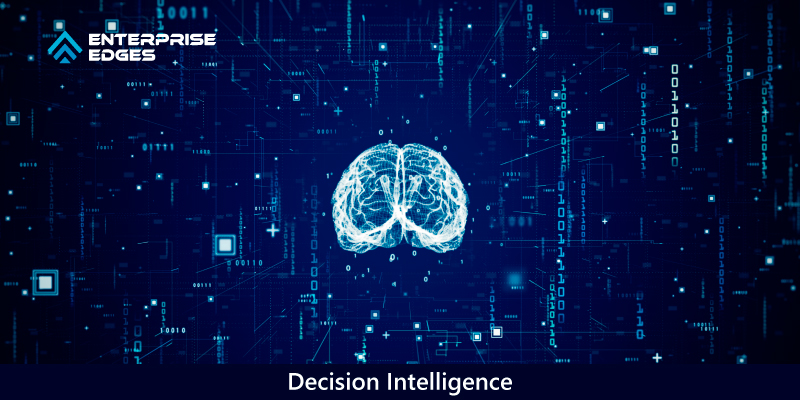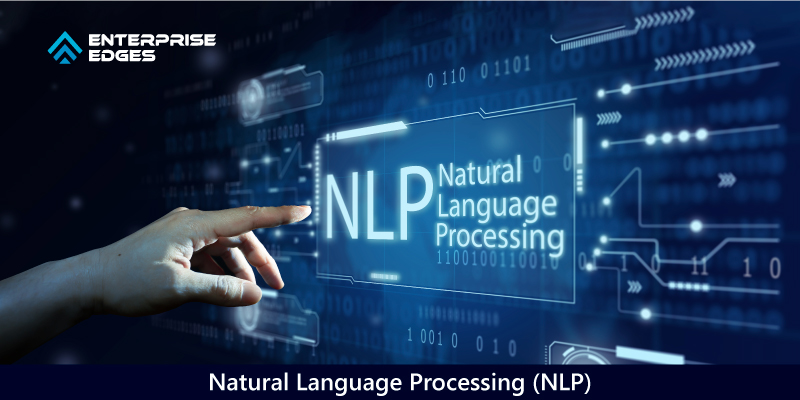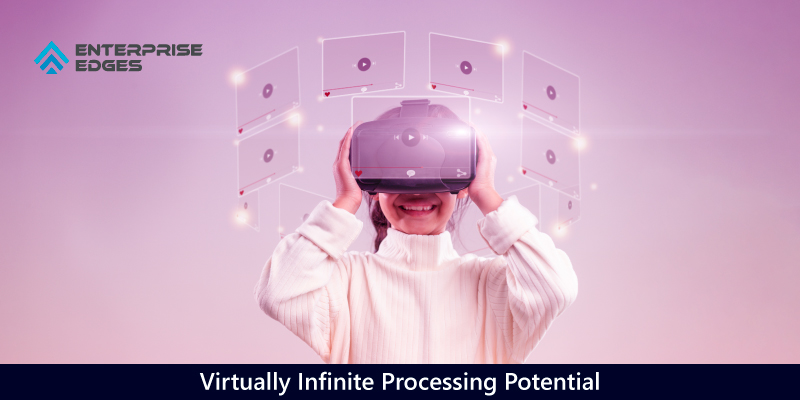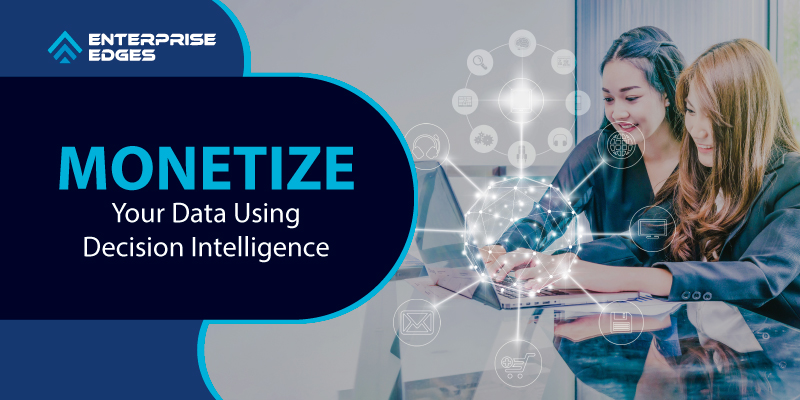With 2022 well underway, many businesses deploy new data-driven strategies and models to promote growth, accelerate digital transformation, and increase operational efficiency. However, enterprise leaders must incorporate decision intelligence and data-driven insights into their decision-making processes to maximize success.
What Is Decision Intelligence?

Decision intelligence is a practical domain framing a wide range of decision-making techniques bringing multiple traditional and advanced disciplines together to design, model, align, execute, monitor, and tune decision models and processes. Implementation of decision-making offers a structure for organizational decision-making and processes by integrating machine learning algorithms. The key idea is that decisions are based on our perception of how actions lead to better outcomes.
Growing Demand for Decision Intelligence
Decision intelligence is a comparatively new discipline that’s getting more industry attention lately, chiefly as the COVID-19 pandemic and digital disruption amplify the complexity of business problems and decision-making processes. The decision intelligence approach helps ease the burden of data analysis and allows every individual to make insights-driven decisions. Decision intelligence enhances human decision-making with AI or ML to generate faster, better business insights from enterprise data.
The correct data insights help teams unlock new value sources and deliver better services to the customers. They also let managers dig deeper into the problems and find solutions that ease the risk. The problem, of course, is that extracting beneficial outcomes from data is easier said than done. Many organizations today struggle hard to get timely insights from their data. Legacy analytics tools are often better at offering reactive rather than proactive insights. On top of that, many organizations don’t have enough context around their data to make the right decisions or expected hypotheses. Data provides us with the ‘what,’ not the ‘why,’ behind business performances. As a result of which, it’s up to data teams to reveal the full story, make connections between causes & effects, and recommend changes that enhance long-term results. But with data talent in short supply, companies require more than numbers; they require robust approaches that can organize, structure, interpret, and present data in meaningful ways. They also require tools that all individuals throughout the business can use, irrespective of technical expertise. The more people access data, ask questions of data, iterate on insights, and the better decision-making takes place in the organization.
Monetizing Data Using Decision Intelligence
For decades, business intelligence and analytical solutions have provided support to human decision-makers across the banking industry for a wide range of matters, such as qualifying prospects, financial crime management, detecting fraud, and much more. However, as growing competition and pressures to reduce headcount and costs have increased drastically, the need for a fully automated and highly-augmented decision engine has risen.
Contextual Decision Intelligence is the next-generation platform that helps you make better business decisions across multiple areas, including financial crime compliance, KYC, customer intelligence, fraud, and credit risk.
Here are five ways companies can use decision intelligence to gain competitive benefits and become more data-driven in the present era:
1. Automated Insight
Because of cloud computing, companies have more data at their disposal than ever before. In fact, many of them don’t have sufficient resources to handle it well. Automation solves all challenges when it comes to data analytics. Teams can quickly analyze all the possible blends of data across all available variables. Analysts do not have to conduct one-off SQL queries manually to test the individual hypotheses. They can also avoid bringing their prejudices to their data analysis and trust in decision intelligence to study all the factors objectively.
2. Natural Language Processing (NLP)

Natural language processing technology has enhanced tremendously in recent years. When applied to decision intelligence, helping the users make analyses in the human language in text or voice, people in all departments check out why specific metrics have transformed or why performance is down over any particular period. Natural language processing democratize data analytics by authorizing more people to have access to advanced analytics capabilities, irrespective of their skill level.
3. Machine Learning at Large
Developing on the idea of democratization, decision intelligence software assists upskilling initiatives so that all employees can navigate the more extensive data ecosystem. With the capacity to deploy machine learning at large, enterprises can overcome the technical skills shortage by preparing more stakeholders with easy-to-use analytics tools. When machine learning is available to more people, companies can close the insights gap plaguing many companies today. Data scientists and data engineers are no longer bearing the complete responsibility of offering data insights. Company users can participate in the iterative process of seeing new insights. Decision intelligence gives explainability and transparency, so users can get results, confidence that insights are correct, and understand how data is linked to business results.
4. Real-Time Analytics Within the Cloud Data Warehouses and Lakes
In a modern data stack architecture, it’s vital for tools in the analytics layer to influence the computing power of cloud data warehouses in the storage layer. And most organizations prefer not to move their data to the analytics layer. Instead, they would prefer all the processing in the data warehouse or the data lake. Decision intelligence solutions can fit in directly with data warehouses and data lakes, developing a more streamlined and efficient approach to data analytics. Through machine learning programs, business users can also perform live queries on data warehouses and innovative analyses directly within their data lakes.
5. Virtually Infinite Processing Potential

Unlike traditional dashboarding and reporting systems, decision intelligence is architectured without data size limits. While older analytics platforms usually work best on limited data sets and aggregated data, decision intelligence blooms on analyzing non-aggregated data. AI- and MI-driven analytics tools are uniquely equipped to study unrelated variables. These technologies can reveal detailed insights and patterns that would otherwise go unnoticed, helping organizations to gain a more comprehensive understanding of the broader business landscape. And as mentioned earlier, all of this can automatically happen.
Conclusion
Decision Intelligence is paramount in any modern data strategy. Modern data strategies are incomplete sans robust analytics capabilities that produce proactive, timely, and granular insights. Leaders today require more than cold hard facts and figures. They want context, real-time intelligence, and automated tools that draw out ‘why’ and ‘how’ behind what’s happening. And they also require these capabilities packaged up to allow all business stakeholders to take its advantage. This is possible only through the AI revolution, MI, and NLP– bundled up in powerful decision intelligence software. Decision intelligence tools are the panacea for leaders who want to explore the full potential of their data, monetize bank data, make better decisions, and create new sources of value for their enterprises.
